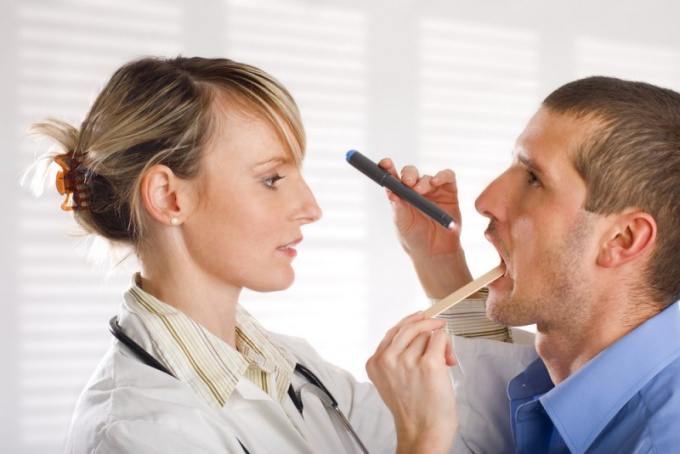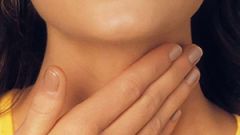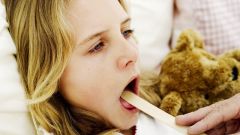You will need
- medical disposable spatula or spoon with a blunt stalk;
- - small, narrow flashlight with built-in light (instead of LEDs)
Instruction
1
Ask the patient greatly (as possible) to open your mouth and drawl to pronounce the letter A or just to take a deep breath - in this case, the language will fall randomly, and the sky will rise a reflex. The second method is particularly well suited to check the throat in children, as in this case there is retching.
2
Slightly tongue with a spatula or the handle of his spoon, as if trying to hold him back.
3
Look carefully at the throat. In the depths of the oral cavity, with handles, which limit the entrance to the actual throat, you will see two semi-circular education is tonsils. Behind them is the wall of the pharynx. Depending on their condition, color and size, can determine the disease.
4
Rate the color of the mucous membranes and the presence or absence of plaque or lesions on the tonsils. If the tonsils and posterior pharyngeal wall is red, and if you see the tonsils thin thread-like overlay, it is primarily talking about normal SARS, which requires symptomatic treatment. If you see pus on the tonsils is most likely angina, which is best treated with antibiotics. In the case that at the back of the throat drains mucus or pus, and the wall is not red and the tonsils are normal – treatment of the throat does not make sense, it is necessary to treat the nose.
Note
Itchy throat could indicate a very serious condition that can require hospitalization. So even if you are sure that we are able to make an accurate diagnosis and know how to treat reddened throat, in any case, you should consult a doctor who will confirm or refute your diagnosis, and prescribe the necessary procedures. Never self-medicate!
Useful advice
Inspect the throat of an adult and to assess its condition easier than the child. If you need to examine the oral cavity of the kid, try him with something to distract. Explain to him the importance of this procedure, reassure if necessary. If the child does not allow herself to explore - spinning, cranky, and you did not really saw, you should not make premature conclusions about the state of his health. Try to repeat the procedure later.









